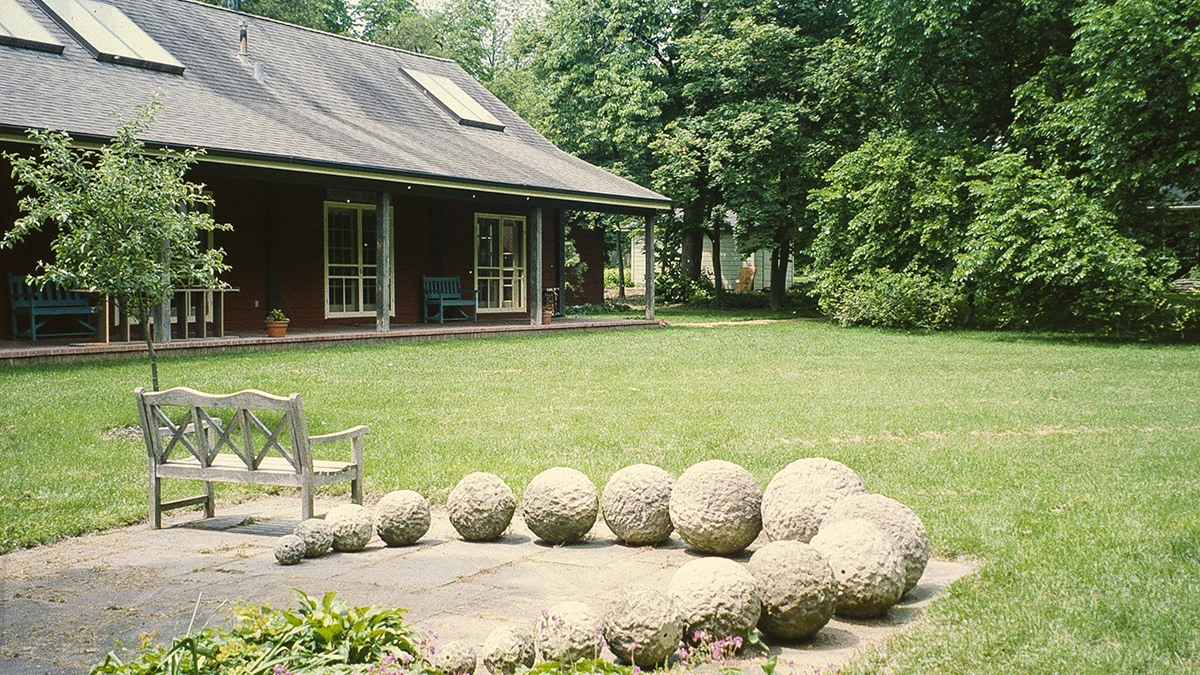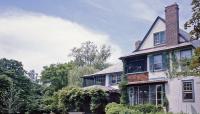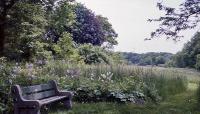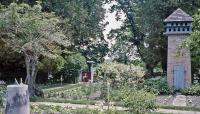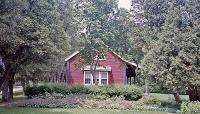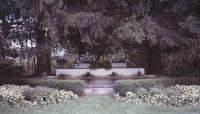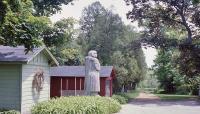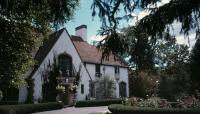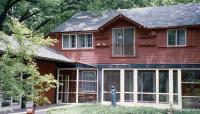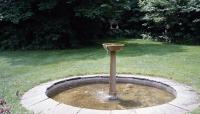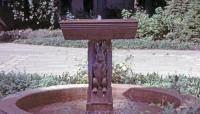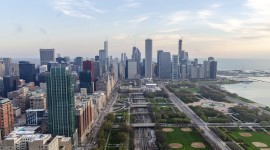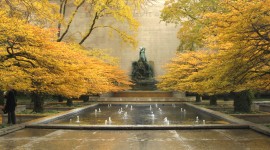Landscape Information
Designed and built in 1896-1897 by architect Howard Van Doren Shaw as his personal retreat, the Arts & Crafts home and gardens initially comprised a house and barn separated from meadows and woods by a lawn ornamented with occasional shrubs, wildflowers, and handmade benches. Most of the home’s rooms looked onto the grounds, enjoying long vistas framed by American elms. Along the northern and southern borders of the property, Shaw used trees and native shrubs to define a series of narrow, grassy paths (over 1.5 miles in total length) reminiscent of English country lanes, while a hedge separated the house from a vegetable and flower garden with rectangular beds, a grape arbor, and apple trees. An outdoor garden theater, bowling green, and a lawn tennis court were also installed, but do not survive today.
In 1943 the Meadow Studio was built on 50 acres of prairie contiguous with the original site; here Shaw’s daughter Sylvia Shaw Judson created her famous Bird Girl sculpture, among others. In 1976, Ragdale became the site of an artists’ community via the non-profit Ragdale Foundation. The original five-acre parcel and buildings were donated to the City of Lake Forest in the mid-1980s and, in 2001, the Ragdale Foundation signed a 99-year lease with the City to continue operating the artists’ community. An advisory committee was formed that same year to develop plans to rehabilitate the grounds, which have since commenced. The 100-acre Skokie River Nature Preserve (maintained by the Lake Forest Open Lands Association) is immediately west of the site, and allows it to retain much of its original character. Ragdale was listed in the National Register of Historic Places in 1976, with significance in landscape architecture.




